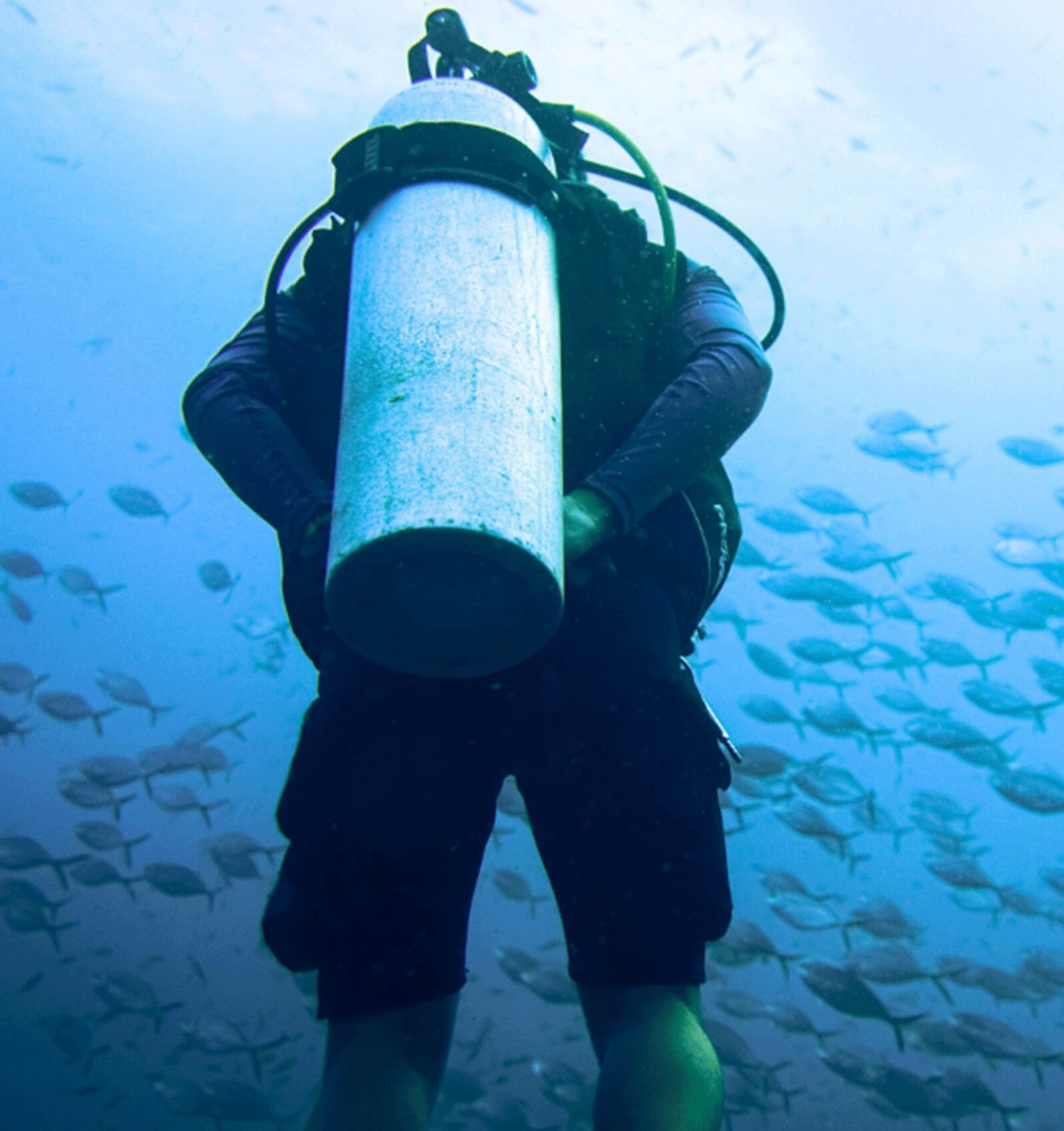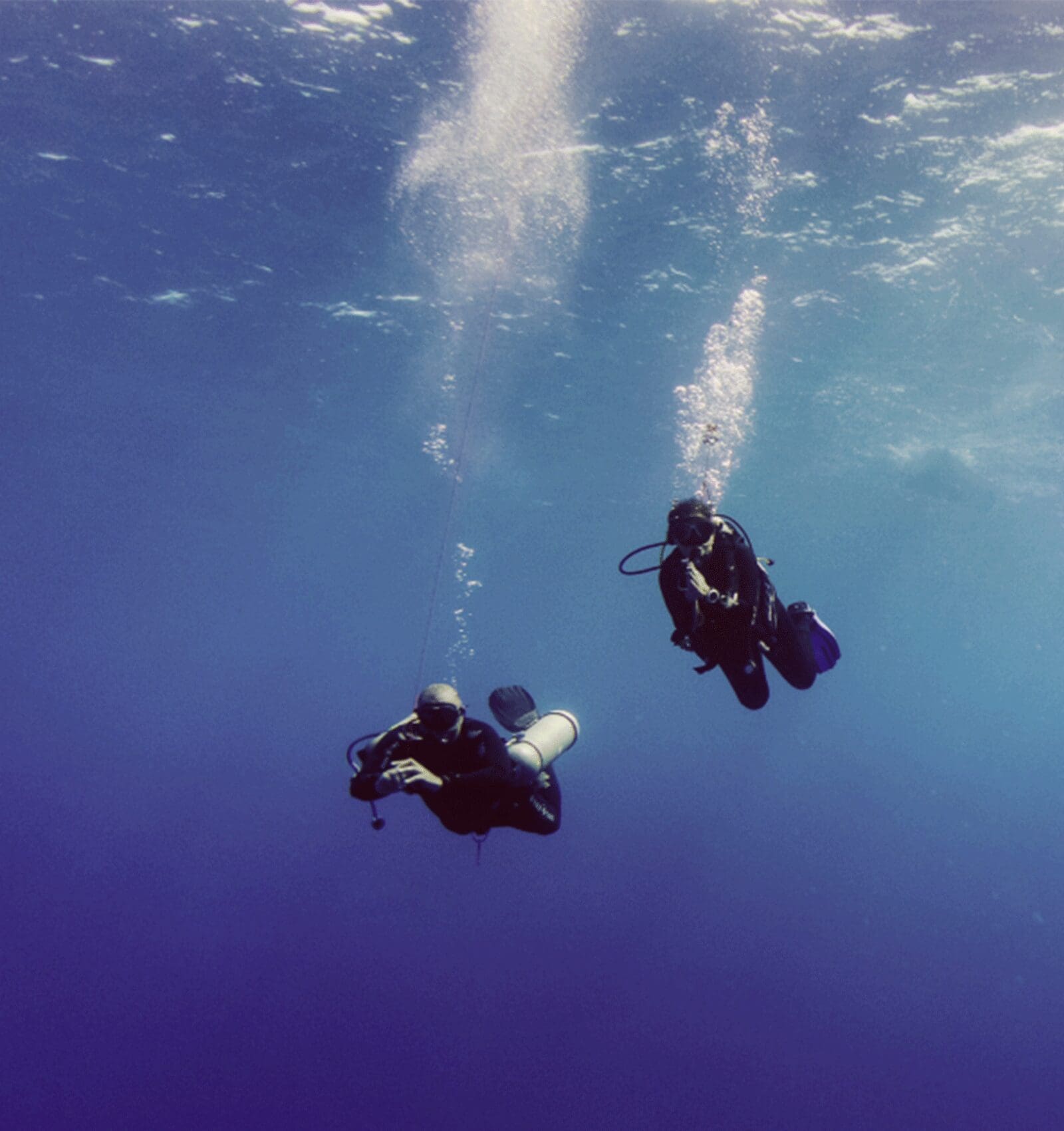Diving with Moray Eels in Boracay: Encounter Fascinating Predators
Diving with Moray Eels in Boracay: The Fascinating Predators of the Reef
Among the many fascinating creatures that divers can encounter in the waters around Boracay are moray eels—one of the most intriguing and elusive predators of the reef. These snake-like creatures, with their sharp teeth and mysterious demeanor, are a thrilling sight for divers exploring the underwater landscapes of Boracay.
In this blog post, we’ll dive deep into the world of moray eels, exploring their unique biology, behavior, and the best places in Boracay and the Philippines to encounter these fascinating animals.
Moray Eels: A Closer Look
Moray eels are members of the family Muraenidae and are found in warm, tropical waters around the world. With their elongated bodies and sharp, jagged teeth, moray eels may look intimidating, but they play a crucial role in maintaining the health of coral reef ecosystems.
There are around 200 species of moray eels, and several can be found in the waters surrounding Boracay and other parts of the Philippines. Their coloration and patterns vary greatly between species, ranging from the vivid colors of the yellow-edged moray to the more subdued hues of the snowflake moray eel.
Unlike most fish, moray eels lack pelvic and pectoral fins, which gives them their characteristic slithering motion as they navigate through crevices in the reef. This makes them perfectly adapted for life in tight, enclosed spaces, where they hide and ambush prey.
Behavior of Moray Eels
Moray eels are primarily nocturnal hunters, preferring to stay hidden within the crevices of coral reefs during the day. They are ambush predators, meaning they lie in wait, often with just their head sticking out of a hole, and strike with lightning speed when prey passes by. Their prey consists of fish, squid, and crustaceans, which they capture using their powerful jaws and sharp teeth.
One of the most unique features of moray eels is their second set of jaws, called pharyngeal jaws, which sit further back in their throat. When the moray bites down on prey, these secondary jaws move forward, helping to pull the prey deeper into their throat—an adaptation that makes them highly effective hunters.
Common Moray Eel Species in Boracay
Boracay’s waters are home to several species of moray eels, each with its own distinct appearance and behavior. Divers who explore the reefs of Boracay have a good chance of encountering these impressive creatures.
1. Giant Moray (Gymnothorax javanicus)
The giant moray is one of the largest moray eels in the world, reaching up to 3 meters in length. With its dark brown body and distinctive pattern of spots, the giant moray is often seen lurking in the deeper crevices of the reefs. Though intimidating in size, these eels are generally not aggressive unless provoked.
2. Yellow-edged Moray (Gymnothorax flavimarginatus)
This species is easily identified by its brown body and yellow-edged fins. The yellow-edged moray is a solitary predator, often seen hiding within the reefs of Boracay, waiting for unsuspecting prey to pass by. It is known for its sharp teeth and striking appearance.
3. Snowflake Moray (Echidna nebulosa)
The snowflake moray is one of the most beautiful moray eels to encounter in Boracay’s waters. With its white body covered in dark, speckled spots, this species is more likely to be found in shallower waters near coral reefs. While it may look delicate, the snowflake moray is a skilled hunter of small fish and crustaceans.
4. Zebra Moray (Gymnomuraena zebra)
As its name suggests, the zebra moray is striped like a zebra. This species is less commonly seen but can be found in the waters around Boracay. Unlike other moray eels, the zebra moray primarily feeds on crustaceans, using its blunt teeth to crack open the shells of crabs and other prey.
Where to Spot Moray Eels in Boracay
Boracay offers some of the best dive sites in the Philippines for encountering moray eels. Whether you’re diving along coral walls, exploring shipwrecks, or checking out sandy areas near reefs, the chances of encountering a moray eel are high.
1. Yapak Dive Site
One of the most famous dive sites in Boracay, Yapak is known for its steep coral wall that descends into the deep blue. This site offers advanced divers the chance to see larger species of moray eels, such as the giant moray, hiding within the crevices of the wall.
2. Crocodile Island
Named after its shape, Crocodile Island is a top dive site in Boracay, teeming with marine life. The coral formations around this area are ideal for spotting moray eels like the yellow-edged moray and snowflake moray as they hide among the vibrant reefs.
3. Camia Wreck
This wreck dive is home to a variety of marine species, including moray eels that have made the sunken ship their home. The Camia Wreck is an artificial reef that attracts numerous morays, making it an exciting spot for photographers hoping to capture these elusive creatures.
Moray Eels and Their Role in the Ecosystem
Despite their fearsome appearance, moray eels play a vital role in the health of coral reef ecosystems in Boracay and the Philippines. As apex predators, moray eels help control the population of smaller fish and invertebrates, maintaining a balanced ecosystem. Without predators like the moray eel, prey species could become overpopulated, which could lead to the degradation of coral reefs.
Moreover, moray eels themselves are a food source for larger predators, including sharks and groupers. This dynamic ensures the survival of a wide range of species within the reef ecosystem.
Safety Tips for Diving with Moray Eels in Boracay
While moray eels are not naturally aggressive toward humans, it’s essential to exercise caution when diving in their habitat. Most bites occur when divers attempt to feed or provoke these animals. Here are a few safety tips to keep in mind:
- Keep your distance: Admire moray eels from a safe distance and avoid sticking your hands into crevices where they might be hiding.
- Do not feed them: Feeding wildlife, including moray eels, can be dangerous and disrupt their natural behavior.
- Stay calm: If you encounter a moray eel up close, remain calm and avoid sudden movements. They will likely swim away if they do not feel threatened.
By following these safety guidelines, divers can enjoy the thrill of encountering these fascinating predators while respecting their space and ensuring a safe experience for both the diver and the eel.
Why Moray Eels Are a Must-See in Boracay
Diving with moray eels in Boracay is an unforgettable experience. These creatures are not only impressive in appearance but also serve as an essential part of the reef ecosystem. With their mesmerizing patterns, slithering movements, and ambush hunting tactics, moray eels captivate divers from around the world.
Boracay and the Philippines, in general, are prime destinations for marine life enthusiasts. The warm waters and diverse coral reefs provide the perfect habitat for moray eels and countless other species. Whether you’re an experienced diver or just starting out, encountering a moray eel on a dive in Boracay is sure to be one of the highlights of your underwater adventure.
Moray eels are among the most fascinating predators of the coral reefs in Boracay and the Philippines. Their unique biology, behavior, and role in the ecosystem make them a must-see for divers exploring the underwater world of this tropical paradise. So next time you dive into the waters of Boracay, keep an eye out for these elusive, beautiful creatures hiding among the reefs—just waiting for their next meal.
With New Wave Divers, you’ll have the best chance to explore the diverse marine life of Boracay, including these impressive moray eels. Book your dive adventure today and experience the thrill of diving with some of the most captivating predators of the reef!

Wish to know more about the diving in Boracay? Our team will be delighted to answer your questions and let us know why we should be your first choice when planning your dive vacation to the Philippines. We hope to hear from you soon!
